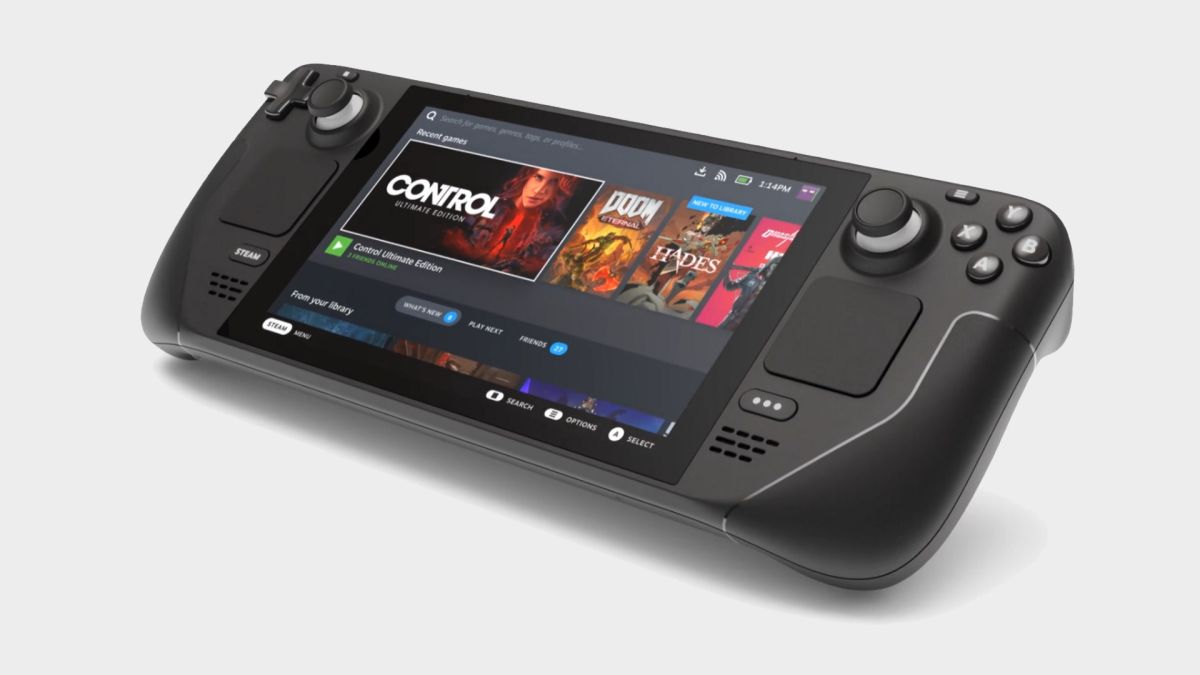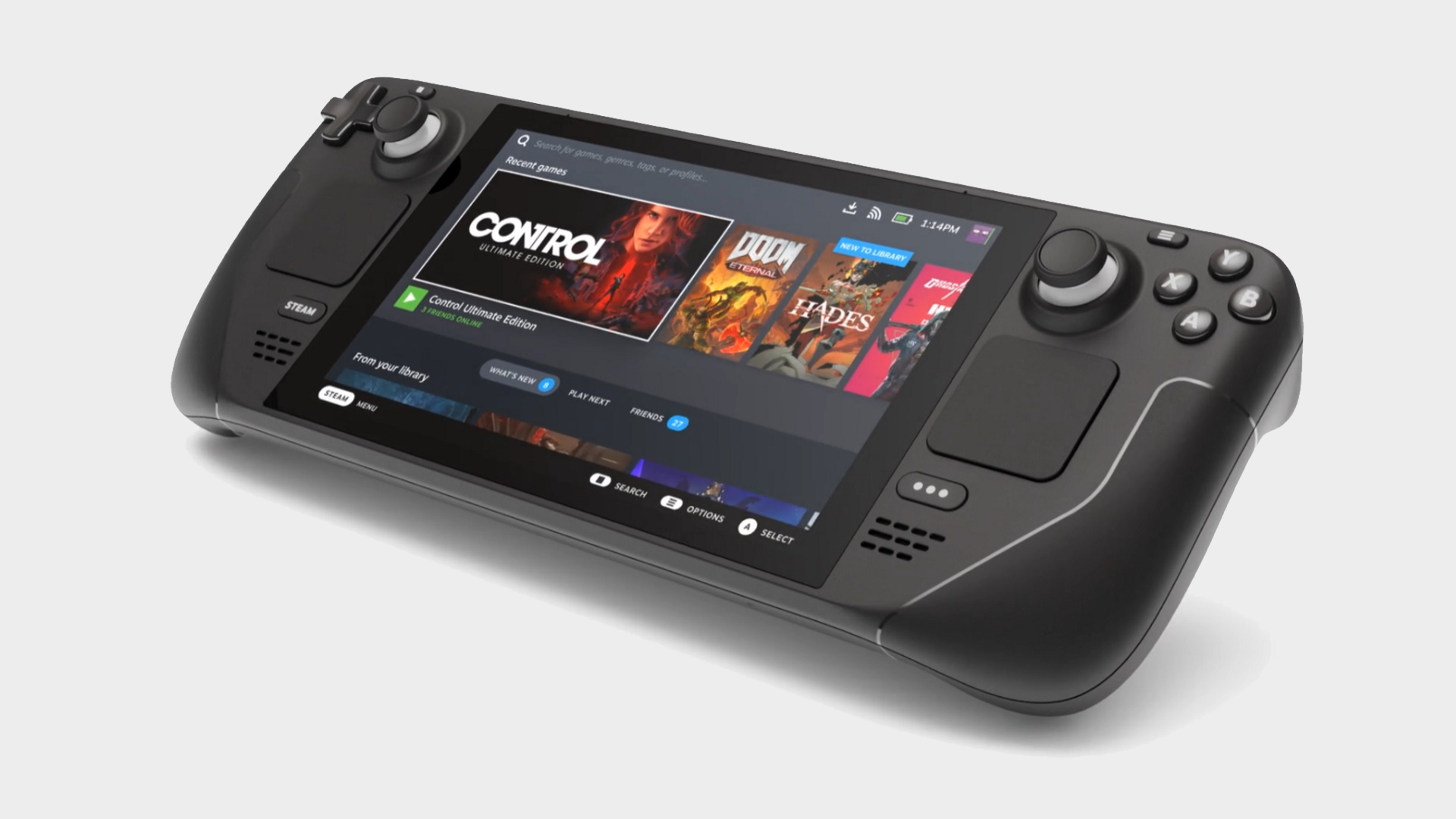We recently enjoyed some hands-on time with Valve’s Steam Deck and got to talk to the engineers behind Valve’s bold handheld project. While there are plenty of questions surrounding the hardware side of the Steam Deck, there’s also the whole matter of the operating system to consider as well. Although it can, it won’t be running Microsoft Windows out of the box, but rather Valve’s own SteamOS 3.0 instead.
There’s a key change from the version of SteamOS designed for its failed Steam Machines project though, and that’s a switch away from Debian as the core distribution over to Arch instead. Both are popular Linux distributions, but they’re aimed at different markets and that makes for some fundamental differences between the two—most notably how they are updated.
Debian, which is one of the oldest Linux distributions, has a defined update schedule in place and long term support of up to 10 years for specific releases. It uses a standard update model, where lots of smaller updates are grouped together and released as a big new version.
Given Debian is widely used for servers, that’s the kind of stable, consistent support its audience is looking for. Debian still gets security and general software updates, but the core is left well alone—that whole ‘if it ain’t broke, don’t fix it’ mentality.
This setup isn’t ideal for what Valve is looking to do with the Steam Deck though. At launch, the Steam Deck will undoubtedly need multiple small updates to make sure everything works flawlessly. Some of which could affect the underlying kernel—not something that Debian readily lends itself to.
That’s something Valve designer, Lawrence Yang, told us during our hands-on time with the Deck when we asked about the switch from Debian to Arch.
“So, Arch Linux, one of the main reasons, there’s a couple, but the main reason is the rolling updates of Arch allows us to have more rapid development for SteamOS 3.0,” says Yang. “We were making a bunch of updates and changes to specifically make sure that things work well for Steam deck, and Arch just ended up being a better choice for them.”
On top of that, you’re probably looking at updates to the graphics drivers and Proton could need some big changes too—which is the layer that ensures games designed for Windows work on Linux. Fundamental changes to SteamOS itself aren’t out of the question either.
Essentially, at launch, the Steam Deck is going to need plenty of smaller updates, not a big, one-off package.
The fact that Arch is based on a rolling release model, as opposed to a traditional all-encompassing update system, simply makes it a better option for Valve’s needs. That Arch is generally considered to be a better option for desktop PCs anyway doesn’t hurt either.
The Steam Deck will start shipping to those that pre-ordered it from December 2024. Interest in the handheld has been significant though, and anyone ordering today will have to wait to Q2 2024 before they’ll be able to get their hands on the machine.
PCGamer latest
Source link
Related Post:
- Valve reportedly limits region switching to combat Steam price exploitation
- A Total War Saga: Troy Linux port dropped because Valve’s Proton means ‘less demand for native titles’
- Which of Valve’s Steam Decks should you pick up?
- Valve says there is ‘tons of opportunity’ around different colours for future Steam Decks
- Gabe wants other PC makers to create their own Steam Decks
- A recent Windows 10 update broke Alt+Tab switching on some PCs, here’s how to fix it
- Valfaris: Mecha Therion Is A Genre-Switching Sequel Headed To Switch
- Valve Announces New Portable Console, Steam Deck; Will Play Your Steam Library
- Valve explains its plans for removable Steam Libraries will work on Steam Deck
- Valve says Steam Machines were ‘a good idea’ that helped make Steam Deck possible

